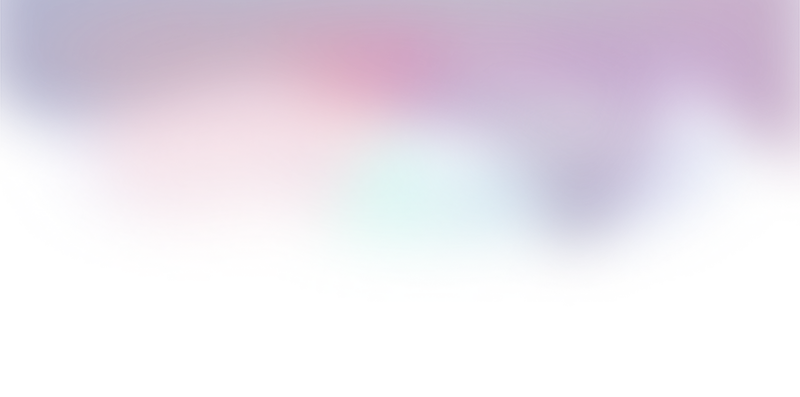Let me share how I got started in design.
I began as a graphic designer in the early 2000s, creating websites using Photoshop and Microsoft FrontPage, which I then hosted on Geocities, Yahoo’s free personal website platform. This hobby eventually led to my first job as a graphic designer.
Back then, I made a corporate website filled with Flash and JavaScript animations—a design disaster. After two years of struggling with usability issues, I finally understood the importance of usability. It took even longer to find resources to learn about User Experience (UX), to unlearn traditional graphic design principles, and to realize that UX is far more than just screens and prototypes. My journey was full of trial and error.
The career path I started in 2003 doesn’t exist anymore. Today, even interns are expected to have a basic understanding of UX Design.
Thankfully, we now have plenty of online resources for those who want to get into Product Design. Some are expensive, but there are also many that offer great value.
To help you get started, I’ll share some valuable courses and resources from the Interaction-Design Foundation (IDF), Coursera, and other free, credible sources. IDF offers many quality courses for a reasonable annual fee, and you can find similarly valuable courses on Coursera.
Getting Started
Product Design is much more than creating designs and prototypes. Not everyone can become a successful product designer. A UX professional needs strong problem-solving and critical-thinking skills. You should be ready to question everything and handle tough questions.
What excites you most about creative design? If it’s just about making beautiful visuals, Product Design might not be the best fit. You might find more success as a graphic designer.
Learn Human-Computer Interaction (HCI)
Don’t skip this step. A basic understanding of HCI will make the rest of your journey easier. I highly recommend the HCI course offered by the Interaction-Design Foundation.
Understand that UX is science and evidence-based, not just art.
Even if you’re not conducting user research or analytics, you should learn the processes involved in User-Centered Design (UCD). As a Product Designer, your priority isn’t just to create beautiful designs; it’s to ensure your designs serve your users and achieve the product’s goals.
Many Design Thinking boot camps are available, but don’t fall for the hype. Focus on getting thorough training in UCD. There are many free resources that cover the basics, and I recommend starting with the resources available on usability.gov.
The value of Design Thinking is debated among designers. While I don’t discourage learning it, I strongly recommend taking a proper UCD course. Design Thinking is a simplified version of UCD.
For a basic understanding of UCD, check out the “User Experience: Beginner’s Guide” from IDF or the “User-Centered Design” course on Coursera.
Learn Information Architecture (IA)
“Content organization is design.” Without a solid information architecture, your design is just graphic art. For me, the most exciting part of product design is IA. If you get IA right, creating wireframes and UI screens becomes much easier.
IA is about more than just designing the navigational structure. It’s about organizing content based on context and usage. IA helps build the basic structure of your product and is a very iterative and collaborative process. You can learn the basics of IA through Coursera, which also offers more advanced courses.
Learn Usability
Don’t confuse User Experience with Usability—they aren’t the same. Usability is one key factor that contributes to the overall experience. If a product isn’t usable, no one will find it useful. Usability is about ensuring that users can efficiently and effectively complete tasks with your product.
Every design should be tested against Usability Heuristics. Usability Testing should be a standard part of your design process.
There are certifications in Usability, like the HFI-CUA, but they can be expensive for beginners. Fortunately, there are plenty of free resources and affordable courses to help you get started. Usability.gov is a great place to start learning, and IDF offers a good course on Usability when you’re ready.
Learn About Accessibility Guidelines
Accessibility and Usability go hand in hand. Accessibility ensures that your product or website is usable by everyone, regardless of age, physical limitations, or disabilities. Some designers mistakenly believe that Accessibility isn’t their concern. However, even those without disabilities can be affected by issues like small fonts or poor contrast. Always test your designs for contrast ratio and readability.
You can learn more about Accessibility from the WCAG guidelines. I also recommend WebAIM’s Contrast Checker to ensure your designs meet at least AA standards.
User Testing
User testing is one of the most rewarding parts of the design process—it’s where you see users interact with your designs and often challenge your assumptions. Testing removes the guesswork from design. Even if you’re not the one facilitating the testing, always be prepared to take feedback. In some organizations, Product Designers may also conduct user testing, depending on the team structure.
IDF offers a course on “User Research and Methods,” which includes a section on User Testing. I highly recommend this course. Even if you’re not pursuing a career in User Research, understanding the basics can be very beneficial.
Master the Art of Note-taking
While not specific to design, good note-taking skills are invaluable in Product Design. Whether you’re conducting user research, testing designs, or participating in team meetings, being able to take clear, organized notes will help you immensely. I highly recommend using Notion for note-taking—it’s easy to use and has no learning curve.
What Tools Do I Recommend?
None. Learning tools like Figma, Sketch, or Adobe XD won’t make you a Product Designer. Don’t base your career on a few tools; they’ll evolve, and the market will change. Instead, focus on design methodology, learn about Gestalt Psychology, and develop a Product Mindset to help you see the bigger picture.

